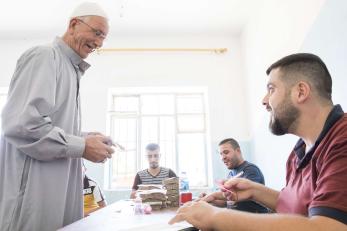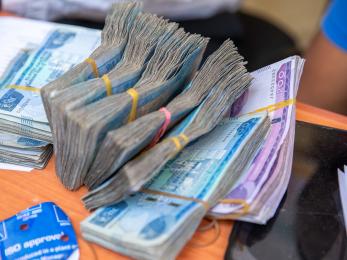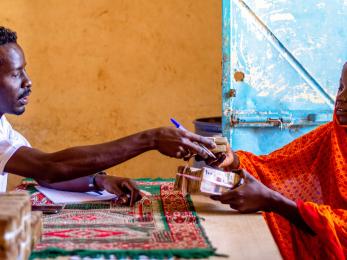From Alignment to Integration: Lessons from Iraq

Cash transfer programming (CTP) has experienced a sea change over the course of the last decade, growing to a total of $4.7 billion in 2018. As an instrument of humanitarian intervention, it has been used in famines, displacement crises, natural disasters, and crises the world over. As the effects of COVID‑19 wreak economic devastation, the use of CTPs as an instrument of economic stimulus and as a safety net for the most vulnerable continues to grow, too.
In state-led social protection programmes, the delivery of cash transfers at a nationwide and regional scale has been the norm for some time. While COVID‑19 has accelerated the rethinking of and demand for both state-led and non-governmental assistance, it has also highlighted the need to better understand how these two forms of cash transfers—one state-led through the institutions of social protection, the other more transient and delivered through aid agencies—can be better integrated where they have traditionally been wholly separate.
Determining how the two systems can collaborate is a long debated topic, and this paper offers insights into how this could best be done by documenting lessons from a bold and on-going collaboration between the humanitarian community, the World Bank, the Foreign, Commonwealth and Development Office (FCDO), and the Government of Iraq.


